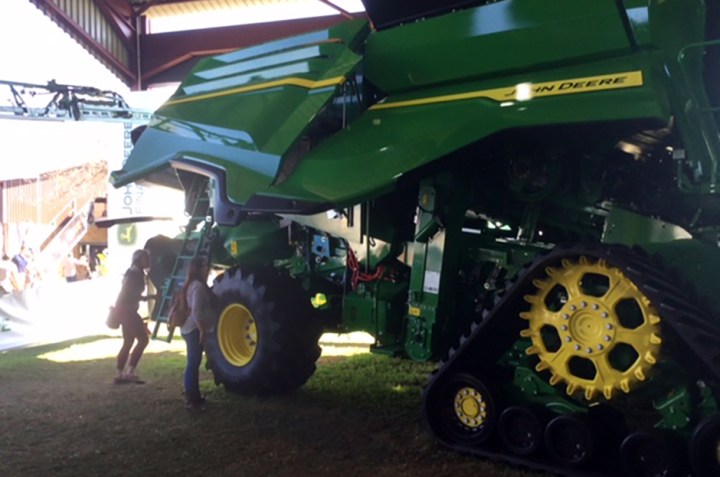FERTILISER WOES
SA grain farmers may reap bumper harvest but profits have withered on vine of input costs

South African grain farmers have reaped a bumper harvest thanks to the rains of La Nina. But profits have been squeezed because the crop was planted when input prices were at record highs. This may leave many farmers dry on liquidity as El Niño and the potential droughts linked to it loom.
On one hand, South African grain farmers have had a pretty good run the past three years, not least because a prolonged La Nina weather pattern drenched much of the summer crop area with abundant rains.
Tractor sales for example last year reached their highest levels in 40 years, a clear sign that farmers have been investing in their business and have the capital, or at least the access to finance, to do so.
Read more in Daily Maverick: South African tractor sales in 2022 reached highest level in 40 years
This stems from a string of bumper harvests. This season will see a record soya crop and South Africa’s maize haul for 2023, according to the latest forecast from the government’s Crop Estimates Committee (CEC), is expected to be just shy of 15.9 million tonnes, compared with 15.57 million tonnes in 2022. In 2021 it reached 16.35 million tonnes.
To put this in perspective, the record maize crop was 16.82 million tonnes in 2017. So the recent harvests have been bountiful by historical standards.
But profits look set to wither on the vine of input costs that were red hot when the seeds were sewn in the spring and early summer.
“We planted with record high input prices and so the recent drop in the grain price overall has been devastating for farmers,” Corne Louw, the head of economics and member services at industry group Grain SA, told Daily Maverick in an interview on the sidelines of the annual Nampo Harvest Day agricultural show in Bothaville in the Free State.
South African farmers import over 80% of the inputs they require, Grain SA CEO Pieter Taljaard told Daily Maverick.
“It’s only phosphate that is really grown here,” he said.
Domestic South African maize prices have fallen about 20% since the planting season to around R3,700 a tonne Louw said. Meanwhile, input costs between April 2022 and April 2023 have declined 37% to 51% — depending on the input — from their historic peaks.
This will bring relief for next season, but may leave many farmers high and dry as they are not getting the expected price now after they splashed out hugely for costs.
“No one saw this fall in the maize price,” one large-scale commercial farmer told Daily Maverick.
Global maize prices have been cooling after the initial shock of Russia’s invasion of Ukraine and anticipations of the Americas producing a record global maize crop for the 2023/2024 northern season.
And inputs go beyond fertiliser. Diesel is a big cost and all of the monstrous tractors and harvesters on display at the sprawling Nampo grounds, with price tags of up to R15-million, are manufactured abroad.
The squeeze in margins comes against the backdrop of a debt burden for commercial farmers from this past season of between R180-billion and R200-billion. Of that, an estimated 60% is being carried by grain farmers.
This underscores the point that the risks are not restricted to South African agriculture. The banking sector has significant exposure to the soils of the platteland at a time when interest rates are rising and look set to get hiked again next week in response to the rand’s recent meltdown.
And after three straight seasons of La Nina, an El Niño looms which Nasa scientists have said could be an absolute scorcher. El Niño typically heralds drought in southern Africa and the 2014-2016 event hammered farmers big and small in the region. This could keep food inflation on the boil. raising the spectre of increased hunger and food insecurity.
Read more in Daily Maverick: Nasa reports early signs of El Niño formation that could herald drought in SA
After the rains of La Niña, a bitter harvest may be in the offing, and not just on the fields. DM
















 Become an Insider
Become an Insider
Comments - Please login in order to comment.